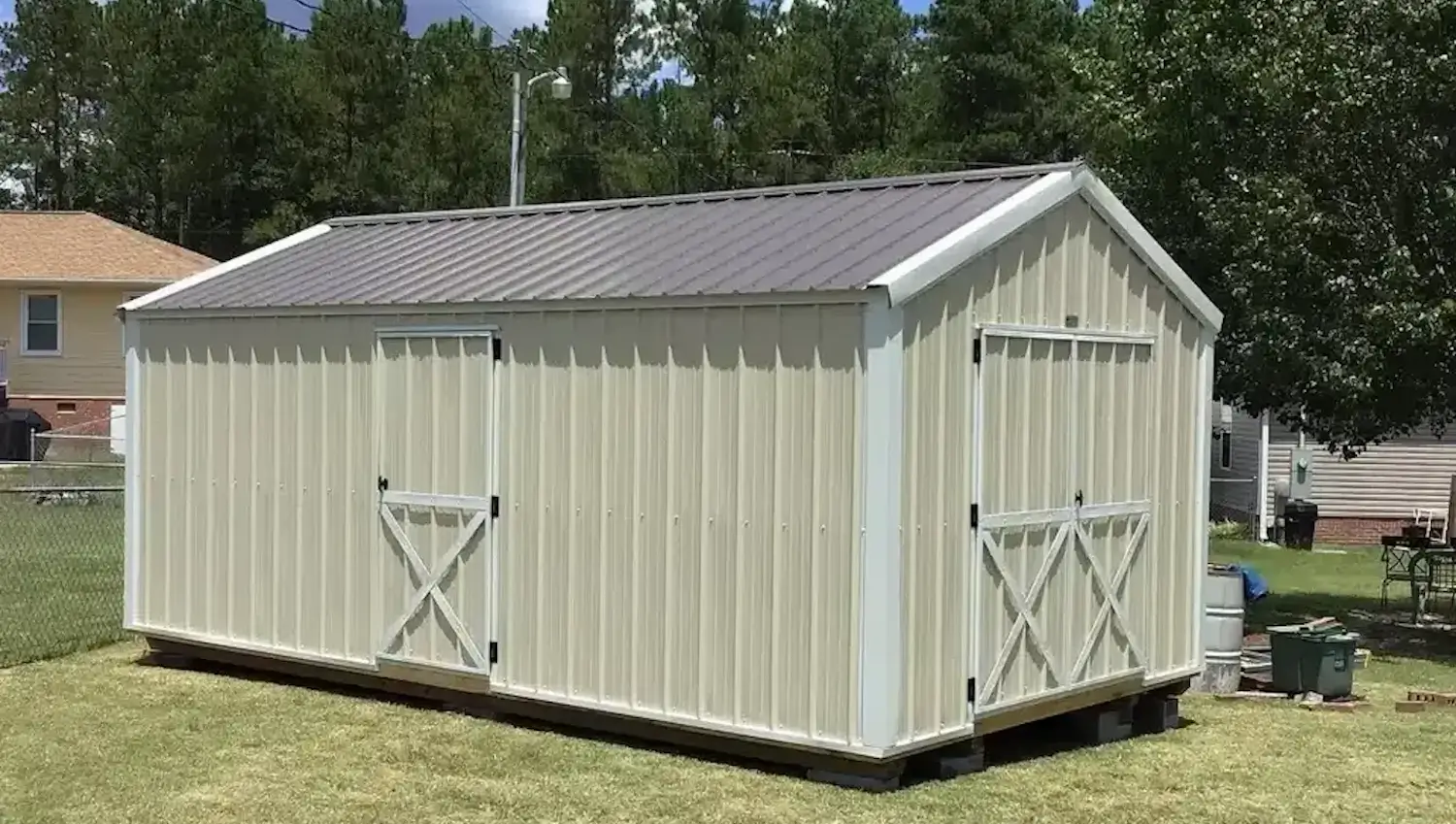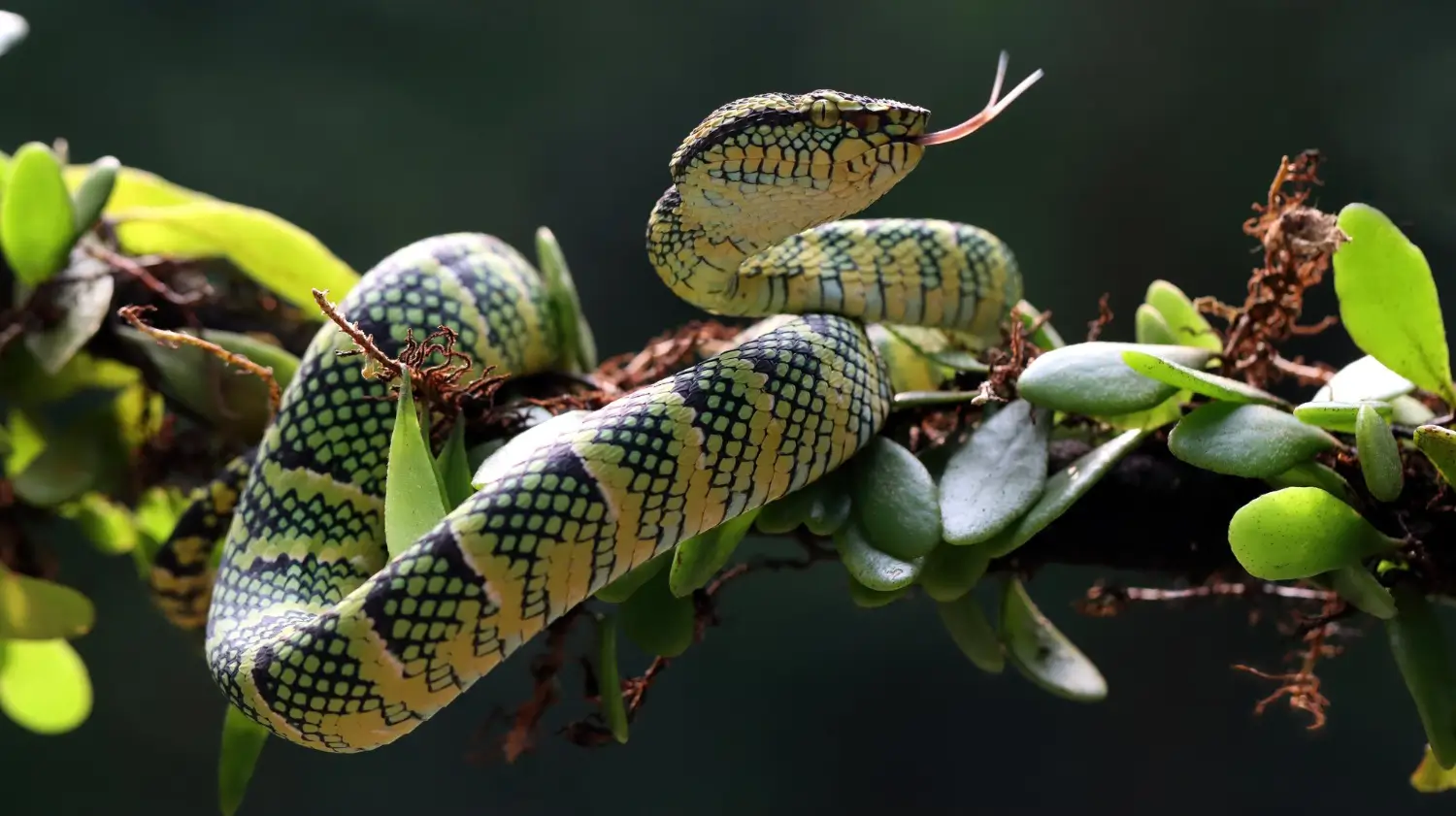
August 24, 2025

Snakes are fascinating creatures, but they can be terrifying. Some snake species are non-venomous and serve as pest controllers by eating mice or other insects. For most people, snakes are not welcome visitors in yards, gardens or near the home.
There are harmless snakes, such as garter snakes and columbia spotted frogs. Others, such as rattlesnakes or copperheads, might be deadly. The antihistamines present in the snake repellent also help on how to keep snakes away from house and gardens.
Growcycle offers snake repellents that help homeowners safely remove snakes. These approaches offer a more effective way to repel snakes while also trapping them and allowing for the more effective removal of both.
Certain species of snakes prefer certain types of environments, and there are certain times of the year when they are more prone to be spotted. By understanding these patterns, homeowners can more effectively manage their property and minimize the risk of encountering a snake.
Snakes prefer places where they live and hunt. They often choose areas with:
Indeed, research conducted by the Utah State University Extension has shown that understanding these habitat preferences can help homeowners understand where snakes are most likely to show up in their yard.
Snakes have seasonal activity patterns. It makes it easier to come out on warm spring and summer days when they need to eat to survive. Snakes hibernate or brumate (a similar state), like other reptiles during the cooler months of the year (autumn and winter).
There are a few reasons why snakes may invade gardens and yards:
Homeowners must be extra vigilant during these active months and take steps to prevent snakes from entering their yards.
With so many species of snakes, their behaviors are not all the same. The two main categories are:
Several natural repellents can be used safely and will keep snakes from coming into a yard and garden. Some plants, essential oils, and scents can repel snakes, but the effectiveness can depend on the species. Let’s look at these natural choices:
Some plants can repel snakes. These are plants that give off strong scents or qualities that snakes dislike. Here is a common plants that work as a natural snake repellent for yard:
Some other plants that help are:
Such plants can be planted all over the yard or the garden to make the area less attractive to snakes.
Essential oils can also be used to deter snakes naturally. These oils are mixable with water and can be sprayed around the yard, garden and entrance ways to the home. These are some of the best essential oils:
There are also other DIY recipes that involve blending these oils with water and applying them around problem areas. Commercial snake repellent sprays are available in stores as well. These can be convenient options for homeowners who would like ready-made solutions.
Using a predator’s smell is another natural way to keep snakes away. Snakes generally stay away from regions where they detect animals that could prey on or endanger them. The urine of predators like:
These can be placed around the yard or garden as the best snake deterrent for garden. But then, there is a need to weigh the incoming risks associated with some other wildlife that’s attracted to the predator's smell (raccoons and other animals).
Check the EPA registration (Environmental Protection Agency in the U.S.) before using any chemical repellents. Registered products have been tested for safety and effectiveness. Homeowners should:
If used correctly, the product is supposed to work as intended and keep people and animals safe.
Chemical repellents are easy to find and are commonly used when natural methods fail. These products are formulated with ingredients that irritate a snake’s senses, making the space unpleasant for them to linger.
The majority of chemical snake repellents contain one or both of these:
These ingredients are common in a lot of store bought snake repellents. They are commonly used around the borders of yards, gardens, garages, and sheds.
Various types of chemical repellents are available for how to keep snakes away from house. Common forms of the products include:
Products with names like Snake Out and Snake-A-Way, or similar commercial names available at garden stores and online, are among common products.
Growcycle products are among the most effective snake repellents on the market.
Hi-Yield® Snake Repellent is a granular product that combines cedar oil, cinnamon oil, clove oil, and sulfur. The ingredients release a strong scent that snakes find offensive and avoid. Its purpose is to scatter around the perimeter of a property, garden, or any designated areas where snakes are likely to gain access.
Arriving in a convenient shaker bottle, this repellent is easy to apply around entry points, gardens, garages and along walkways. It contains all-natural ingredients that hit a snake’s Jacobson’s organ, the part of their body that captures smell.
This 6 lb bag of Snake Scram™ comes with a resealable bag and is intended for larger outdoor spaces. It has the same all-natural formula as the shaker version and gets more done.
Bonide’s Snake Stopper® is a granular product that also contains a mix of natural oils and sulfur. It has clove oil, cedar oil, cinnamon oil and sulfur, creating a scent snakes hate that doesn’t hurt them.
The heavy-duty, odorless reptile repellent uses a triple-action method that repels snakes through smell, taste and touch because it irritates them. It has no strong odor like some other similar products, so it’s great for anyone who may be sensitive to perfumes.
Although repellents can help, one of the best ways to keep snakes out of a yard or garden is to make the area less appealing and difficult for them to enter.
A proper snake proof fence is one of the best long term solutions to keeping snakes out. The fence must conform to a handful of key design principles:
This type of fence could be erected around the entire yard or just around some important areas like the gardens, sheds, or patios.
Snakes like resting in cool, shady areas. Maintaining an orderly yard can eliminate many of their hiding places, making the area less appealing:
A clean, open yard offers fewer hiding places for snakes and discourages them from coming around.
Snakes regularly enter yards seeking food, particularly rodents. By eliminating rats, mice, and other small creatures, homeowners can lower the likelihood of snake visits:
Snakes have little incentive to linger without ready access to food.
Snakes do have their purposes in nature, but they aren’t desired in most backyards or gardens. Homeowners can definitely prevent snake encounters by knowing about snake behavior, using effective repellents, and making the backyard less hospitable.
For reliable snake control for backyard, visit Growcycle for safe, effective and easy-to-use repellents and traps. Combined with effective yard maintenance and physical barriers, these tools can bring peace of mind and help keep outdoor spaces safe from unwanted slithering visitors.
Disclaimer: This material is for informational purposes only and should not be relied on for legal, medical, financial, or any other form of professional advice.
Naphthalene, which is found in mothballs, may deter snakes, at least temporarily. But experts and research say they aren’t a very effective solution and can be toxic to pets, children and wildlife. Products designed specifically for snake control for backyard are safer.
Use natural repellents from plant oils that are usually safe for use with pets when applied correctly. But chemical repellents can be dangerous if pets ingest or lick them. Always check the label and opt for pet-friendly options when possible.
Yes, natural repellents are widely suggested (such as marigolds, lemongrass, lavender, essential oils like clove, cinnamon and cedarwood). They emit strong odors that snakes find unpleasant, and they are safe around children and pets.